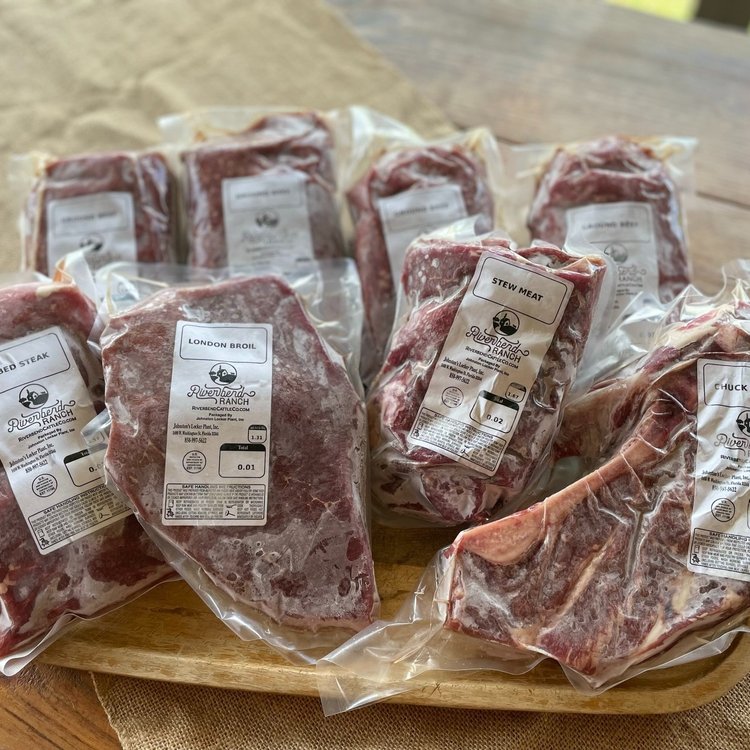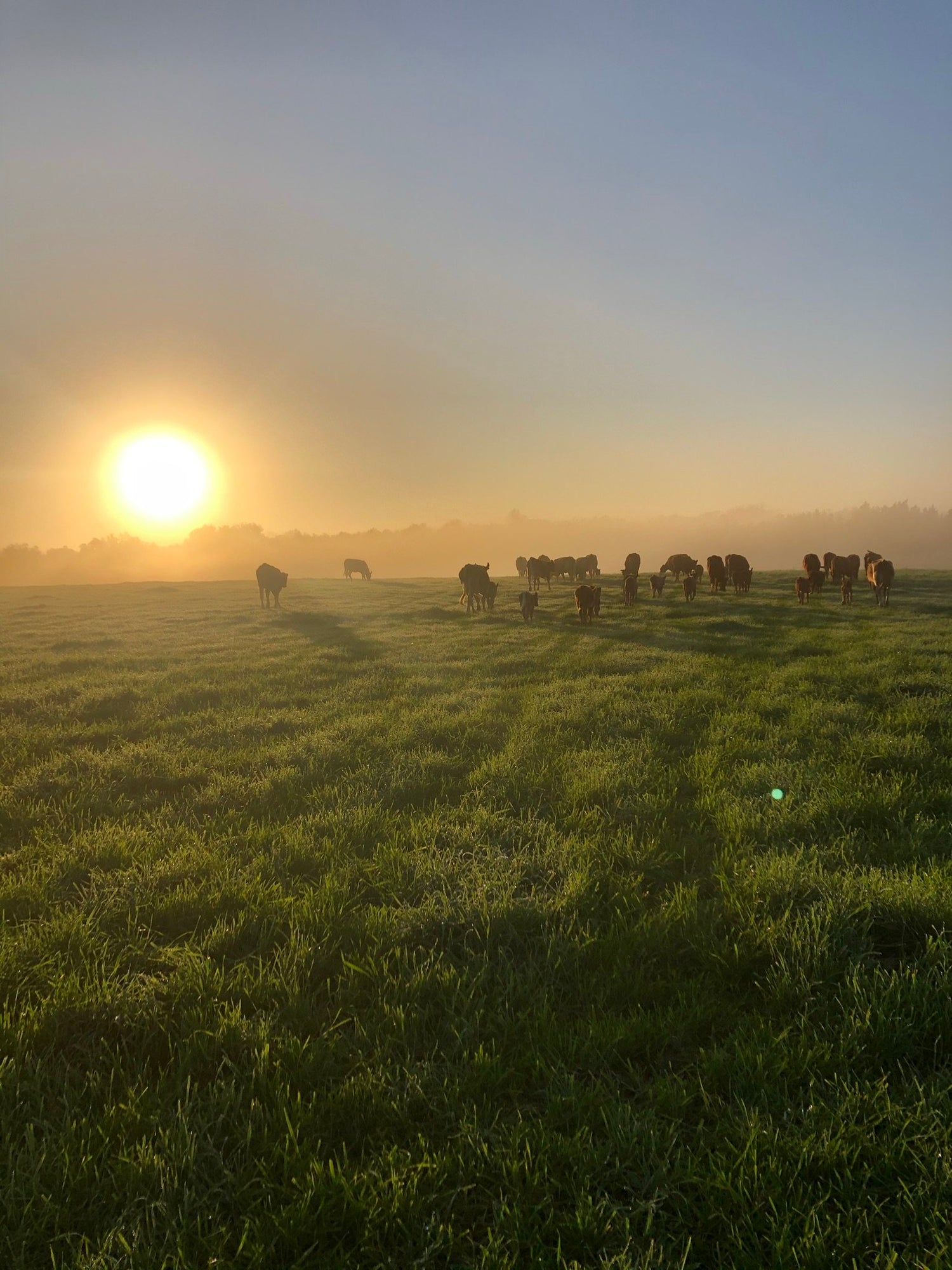
How to Avoid Overcooking Dry-Aged Beef
Riverbend Cattle Company’s dry-aged beef delivers unmatched depth of flavor, tenderness, and complexity—but it also cooks faster than standard cuts. The dry-aging process removes moisture, concentrating the meat’s flavor and altering its texture. This means heat penetrates more quickly, and a few extra minutes on the grill or stove can tip a steak from perfect to overdone.
Master Internal Temperatures
Invest in a reliable meat thermometer and use it often. For the best experience, aim for 125°F for rare, 135°F for medium-rare, and 145°F for medium. Because dry-aged beef continues cooking as it rests, remove it from the heat about 5°F before reaching your target. This carryover cooking ensures the final temperature is spot-on without overshooting.
Control Your Heat
Use moderate to high heat for a flavorful sear, but avoid scorching the exterior to the point it hides the interior doneness. Sear steaks for a short time over high heat, then move them to a cooler part of the grill or lower the stove temperature to finish gently.
Rest for Perfection
Always let your steak rest for 5–10 minutes after cooking, loosely tented with foil. This step allows juices to redistribute, locking in moisture and enhancing every bite. With these simple techniques, you’ll preserve the nuanced, buttery flavor that only dry-aging can deliver.


